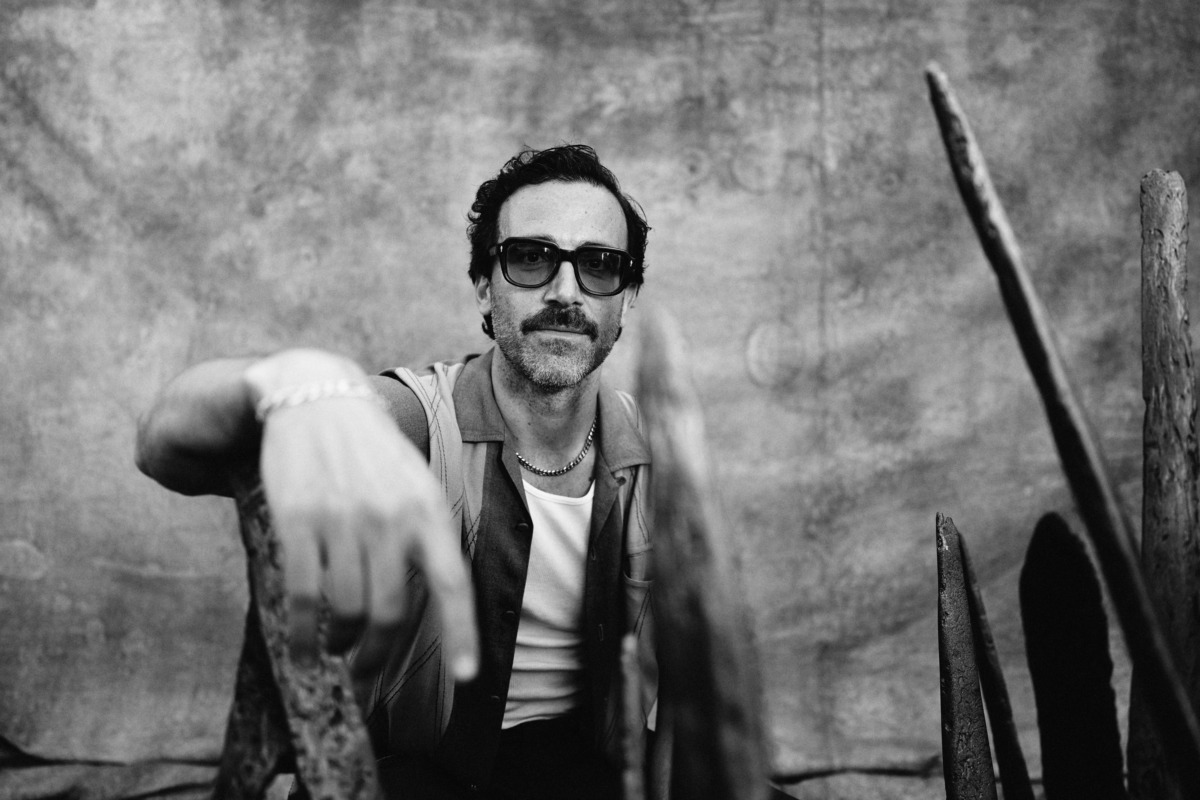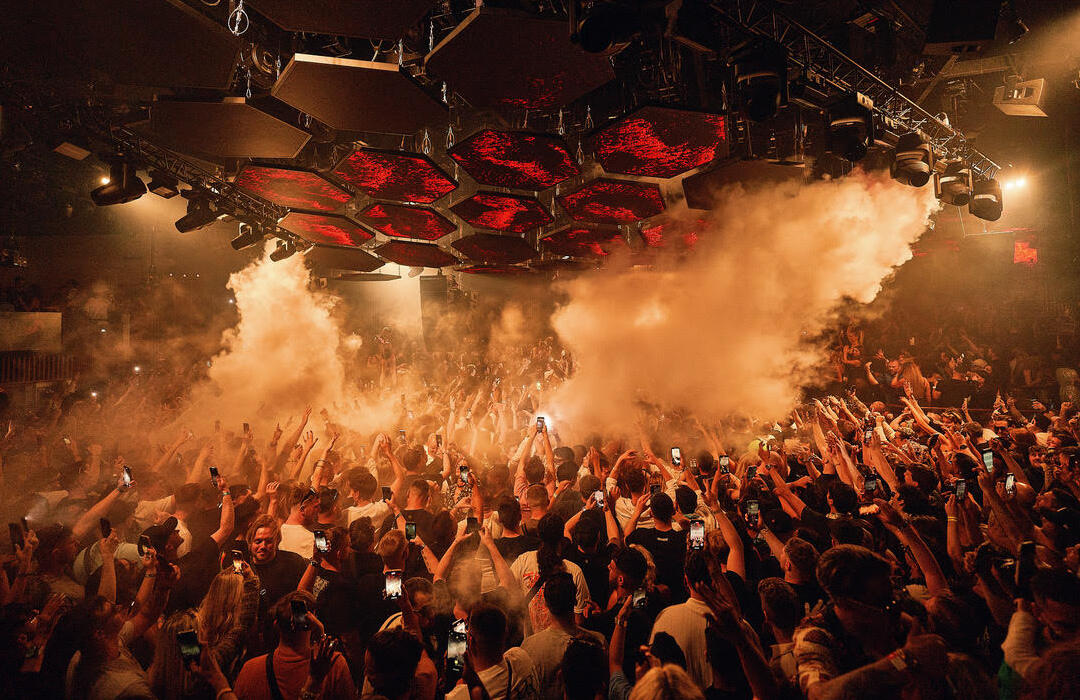King Kai hasn't been nearly as relevant to modern Dragon Ball as fans might like. His place in the pantheon doesn't seem as special with the introduction of all the other gods. To make matters worse, he actually shares his job with three other Kais. However, his position is important, and the symbol on his tunic is proof.
Whether they're from the North or the South, the East or the West, those who hold the title of "King Kai" and wear the corresponding symbol have an important duty. They are each responsible for overseeing their specific quadrant of the universe and ensuring that it doesn't fall into chaos. Understanding the meaning behind their symbol will help to get a better sense of what they do and the scope of their responsibility.
The meaning behind King Kai's symbol is actually a rather simple one. It's a stylized version of the kanji for world, kai (界) and king, ō (王). Adding the sama (様) honorific forms his Japanese name Kaiō-sama (界王様), which translates to "King of Worlds."
A good way to understand the importance of King Kai's position is to think about how he was introduced. At the start of Dragon Ball Z, the highest-ranking deity was Kami, the Guardian of Earth. Kami-sama (神様) can be translated to "divine being" or "God" with a capital "G." The "Saiyan Saga" introduced audiences to King Kai, who is presented as a god not only of the Earth but of multiple planets. King Kai was presumed to be the highest-ranking deity in the universe until the end of the "Cell Saga," when the other Kais were introduced.
Another takeaway from King Kai's symbol is his ability as a martial artist. Many fighters in the series also wear kanji on their person, including Goku and the other Turtle School students, Kami, and when he wears a shirt, Tien Shinhan. It seems natural that King Kai, a practitioner of the Kaio-ken, would also wear something resembling a martial arts symbol.
For the record, his position as a martial artist is also rather high. In the original Dragon Ball, Korin was hailed as the "God of Martial Arts" who taught Master Roshi, the world's greatest martial artist for a time. Kami is seen as an even greater martial artist than Korin and, as stated before, is far outranked by King Kai.
King Kai seems happy to call himself a martial arts instructor to powerful fighters. When he gives Goku a fresh gi, he put the turtle symbol (亀) on the chest but emblazoned the back with his own symbol. In doing so, he acknowledges the student-teacher relationship between Goku and himself. Goku returns this kindness by wearing the symbol all the way up until the "Frieza Saga."
Unfortunately, King Kai's position has been seen as less and less important since the start of the "Buu Saga." By this point, it's revealed that his job only covers the living realm for the Northern Area of the universe. The rest of the universe is overseen by three more Kais of similar rank and position. Suddenly, overseeing multiple worlds doesn't seem like such a big deal.
The introduction of the Supreme Kais worsens the issue of King Kai's relative insignificance by introducing Shin and the other Supreme Kais. These powerful beings are the Creation Gods of the universe and are responsible for overseeing it in its entirety, which includes both the living world and the Otherworld. To add insult to injury, Shin largely overtakes King Kai's role in the story as the one who gives Goku advice.
Dragon Ball Super compounds the issue further by focusing on even more gods. This series introduces the God of Destruction, eleven more universes with their own Supreme Kais and Destroyers, the Angels and the Omni King. With this, King Kai barely shows up in the story at all.
Regardless of King Kai's diminished purpose in Dragon Ball as a whole, he should not be completely forgotten. For a time, he was both a significant deity and a powerful martial artist. May his sigil forever prove his important role in the story and the universe.
About The Author

